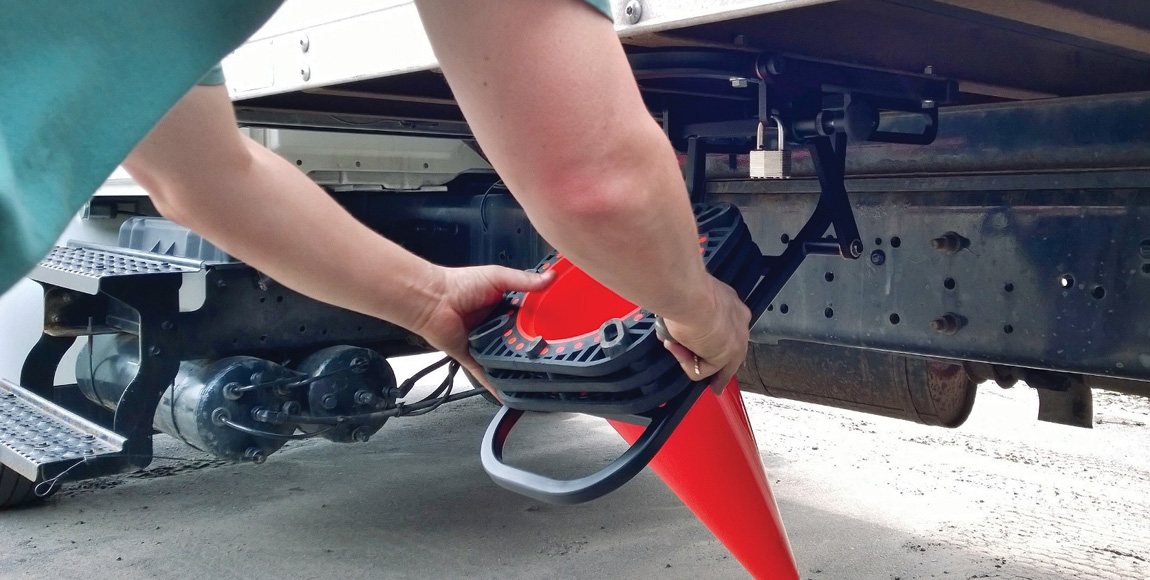The next level of driver education

Do your drivers know how to handle emergencies and roadside breakdowns?
Not having policies and procedures in place on how to handle emergencies and roadside breakdowns can be very detrimental to a truck owner and operator. A road disaster that is incorrectly handled could severely affect the company’s image and cash flow.
If a driver does not know what to do at the site of an emergency, he or she runs the risk of saying the wrong thing, or failing to collect all the necessary information. This applies especially to long-distance operators who travel at night; very often the driver is all alone without any backup.
At the time of an emergency or roadside breakdown it is likely that the driver will be stressed. In order to correctly implement company policies and procedures it is, therefore, imperative that he or she is well trained on how to handle the situation and how to collect and record all the relevant information.
Truck operators cannot rely on the South African Police Service (SAPS) or the traffic authorities at the scene of the accident to collect and record all the necessary information. They may collect the basic details, but may not collect other information such as road condition at the time of the incident, the environmental damage, or details of witnesses. All of this is important information that could be very useful when establishing the exact facts and the cause of the incident.
Drivers should also be well trained on the legal parameters regarding the removal of his or her vehicle at the scene of an incident and how to handle a fire and load shift.
The cargo that is loaded on the vehicle at the time of the incident also needs to be protected from theft or damage and drivers need to be well versed on how to handle this situation.
Roadside vehicle breakdowns can also be very expensive if not correctly handled. During a roadside breakdown, the driver’s ability to correctly describe a problem to the workshop is a great time saver and an advantage to the technician who has to prepare and source the correct parts and tools before proceeding to the breakdown site.
If the driver has a good understanding of the mechanics of the vehicle, often the technician can explain to the driver how to carry out a temporary repair in order to get the vehicle to the workshop – again saving time and money.
Drivers should also be taught how to accurately describe the location of the vehicle, as very often many hours are wasted trying to locate a stricken vehicle.
The benefits that are gained from having good professional procedures and policies in place on how to handle emergencies and roadside breakdowns will completely outweigh the costs of establishing these procedures and the training of the driver on how to handle accidents and vehicle breakdowns.
Published by
Vic Oliver
One Comment
Leave a comment Cancel reply
focusmagsa





Like driving under the influence of alcohol, education and pleas failed, but enforcement has worked. Texting while driving is a larger day-to-day risk to life than terrorism and gun violence combined. The enforcement of the laws, and application of penalties, are both needed.